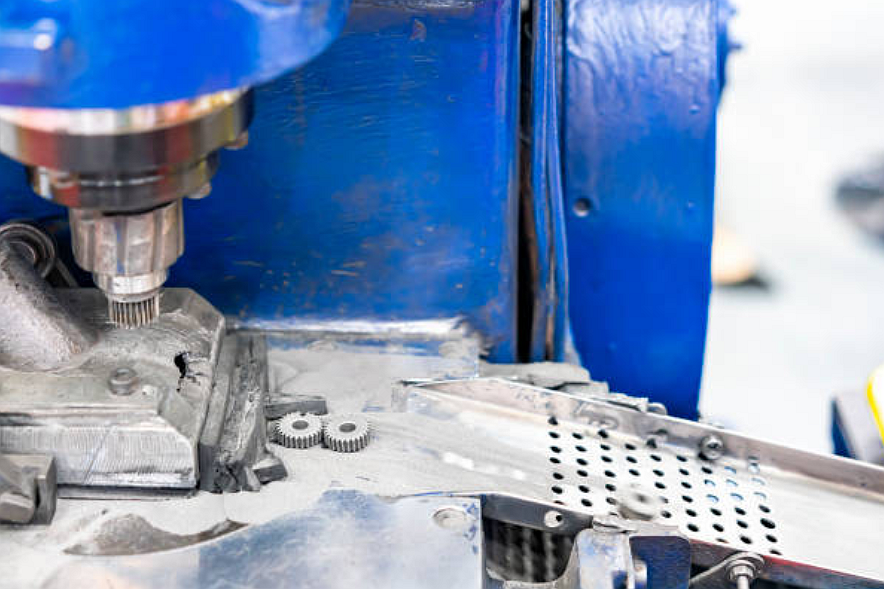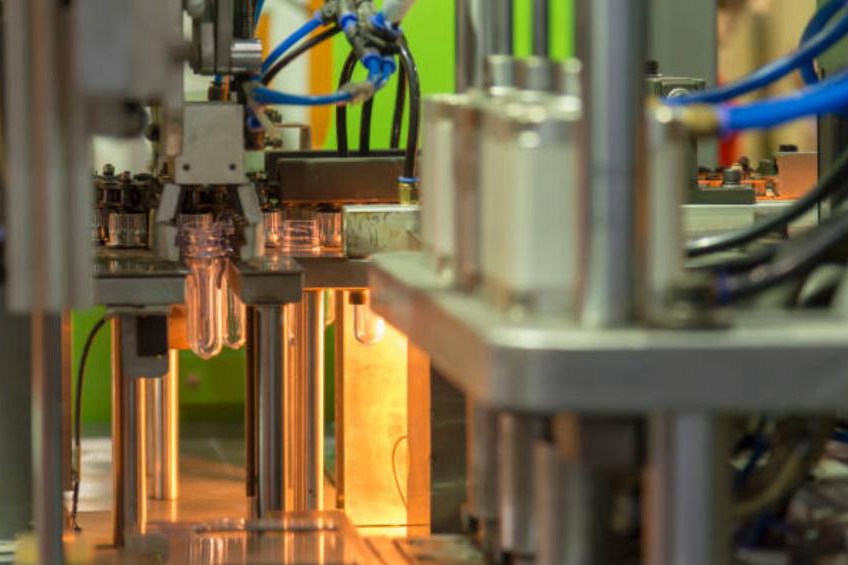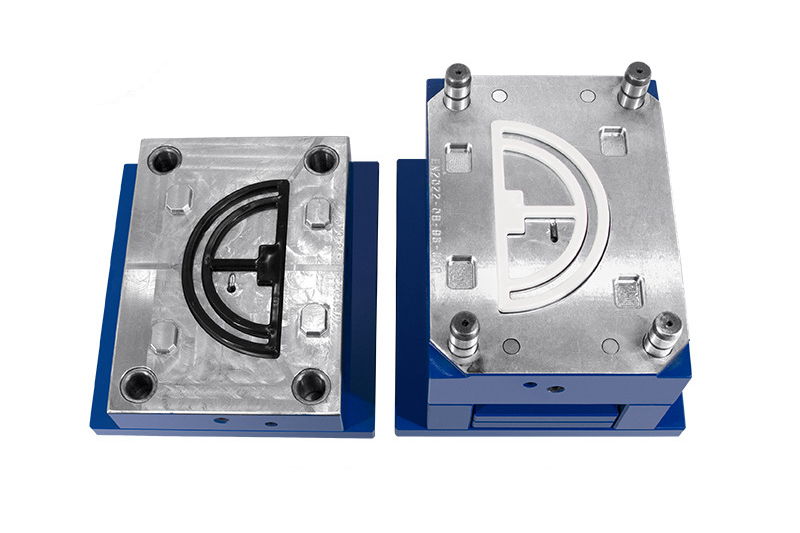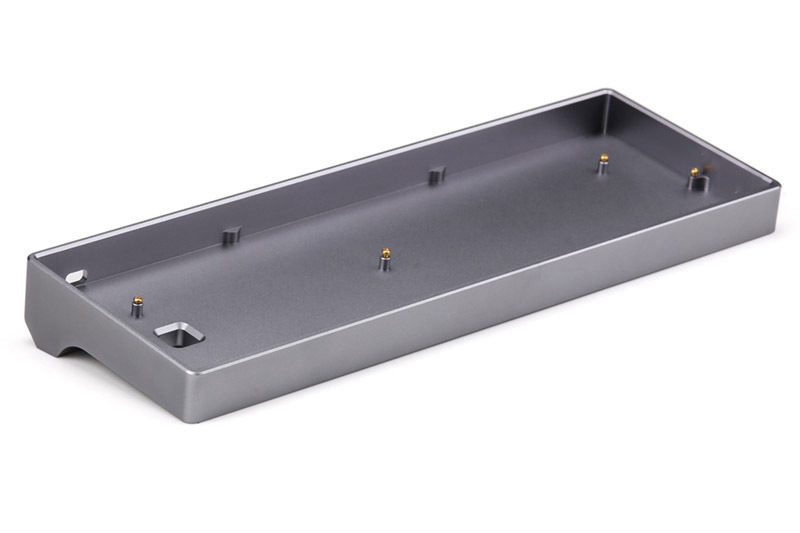Metal Injection Molding: When was Metal Injection Molding Invented
Metal injection molding (MIM) has revolutionized the production of intricate metal parts, offering unique advantages in terms of design flexibility, cost-effectiveness, and material properties. Understanding the powder metallurgy and metal injection molding processes for purchasing and parts design engineers is crucial to making informed decisions and effectively leveraging their benefits.
The Origins of Metal Injection Molding
The roots of metal injection molding can be traced back to the powder metallurgical industry, which has a long history of utilizing powdered metals to create various components through the powder metallurgy process. Powder metallurgy involves producing metal parts by compacting and sintering metal powders, including powder steel, titanium, and tungsten. It was also called the powder compression molding process. However, traditional powder metallurgy techniques had limitations when manufacturing complex shapes with high precision.
Historical background
It was in the 1970s that the concept of metal injection molding, also known as powdered metal injection molding, emerged as a breakthrough solution. The process combined the principles of plastic injection molding and powder metallurgy, opening up new possibilities for producing intricate metal parts with exceptional precision. Metal injection molding offered the advantages of net-shape forming, reduced secondary operations, and the ability to produce complex geometries that were previously challenging or impossible to achieve.
In the early stages of development, Metal Injection Molding faced various challenges. One of the key challenges was finding a suitable binder system that could hold the metal powders together during the molding process. Researchers experimented with different binder formulations and techniques to achieve the desired results. Over time, advancements were made in binder technology, enabling the production of intricate metal parts with good dimensional accuracy.
Early applications
In its early stages, metal injection molding primarily found applications in producing small and intricate parts for the medical and dental industries. The ability to manufacture complex components, such as dental brackets, surgical instruments, and orthopedic implants, made MIM a game-changer in these fields.
The 1980s marked a significant milestone in the commercialization of Metal Injection Molding. Several companies began to recognize the potential of this technology and started investing in its development. As the technology continued to evolve, advancements in material formulations and process control further expanded the capabilities of metal injection molding. The range of materials compatible with MIM grew to include ferrous alloys like powder steel and powder tungsten and non-ferrous materials such as powder titanium. As the process improved, MIM found applications in various industries, including automotive, aerospace, medical, and electronics.
The Metal Injection Molding process typically involves several steps. It begins with mixing metal powders with a binder material to form a feedstock. This feedstock is then injected into a mold cavity using specialized equipment similar to plastic injection molding. After injection, the part is subjected to a debinding process to remove the binder material. Finally, the part is sintered in a high-temperature furnace to consolidate the metal powders and achieve the desired strength and density.
Key Contributors to MIM Development
Several visionaries and innovators have played pivotal roles in the development and advancement of metal injection molding and the process of powder metallurgy. Their contributions have shaped the landscape of MIM and paved the way for its widespread adoption.
Profiles of notable pioneers in the field:
1. Dr. Raymond Wiech, a prominent materials scientist, contributed significantly to understanding metal powders and their behavior during injection molding. His research laid the foundation for the successful application of MIM in manufacturing.
2. Dr. Marc Jacobi, an expert in polymer science, explored the possibilities of combining plastic injection molding with powder metallurgy. His experiments led to the development of novel feedstock formulations and binder systems tailored explicitly for metal injection molding.
Their contributions and innovations
Dr. Raymond Wiech's research shed light on the rheological properties of metal powders and their interaction with binders, which are vital in powder metallurgy and metal injection molding. This knowledge was crucial in developing optimized feedstock compositions that could flow smoothly during the injection stage, ensuring uniform filling of complex molds. Understanding the powder metallurgy process and its behavior during metal injection molding is essential for engineers involved in part design and purchasing decisions.
Dr. Marc Jacobi's work focused on formulating binders that could effectively bind metal powders, such as powder steel, powder titanium, and powder tungsten, and provide the necessary green strength for handling and debinding processes in powder metallurgy. His innovations in binder technology enhanced MIM feedstocks' processability and contributed to producing high-quality metal parts.
Evolution and Advancements in Metal Injection Molding
Metal injection molding has undergone significant technological advancements since its inception, enhancing its capabilities and expanding its applications. These advancements have been driven by ongoing research, innovation, and the collaborative efforts of engineers, scientists, and industry experts.
Technological improvements over time
One area of advancement lies in the improvement of powder metallurgy processes. The process of powder metallurgy involves the careful selection and preparation of metal powders, followed by the compaction of these powders into a desired shape and the subsequent sintering of the compacted part. Advanced techniques, such as gas atomization, allow for the production of fine and highly spherical metal powders, enhancing the flowability and packing characteristics of the powder feedstock used in metal injection molding. This results in improved consistency and quality of the molded parts.
Another area of advancement is the development of specialized equipment and tooling for metal injection molding. High-precision injection molding machines with advanced control systems enable precise control over key parameters such as injection pressure, temperature, and speed. This level of control ensures the production of parts with tight dimensional tolerances and excellent surface finish. Additionally, innovative tooling designs, including multi-cavity molds and complex cooling systems, allow for the efficient production of large quantities of parts with consistent quality.
Expansion of applications and industries
Metal injection molding has witnessed a remarkable expansion of applications across various industries. The ability to produce complex and high-precision parts with excellent material properties has made MIM a preferred choice in automotive, aerospace, electronics, healthcare, and other industries.
Automotive Industry
In the automotive industry, metal injection molded components find applications in engine and transmission systems, fuel injection systems, steering mechanisms, and electrical connectors. The high strength and wear resistance of materials like powder steel and titanium make them ideal for these demanding automotive applications.
Fuel system components: MIM produces fuel injectors, fuel rails, and other critical components that require high precision and resistance to corrosive fuels.
Engine and transmission parts: MIM is utilized to manufacture valve guides, rocker arms, gears, and other complex parts that require high strength, wear resistance, and dimensional accuracy.
Electrical connectors: MIM produces connectors that require intricate geometries and excellent electrical conductivity.
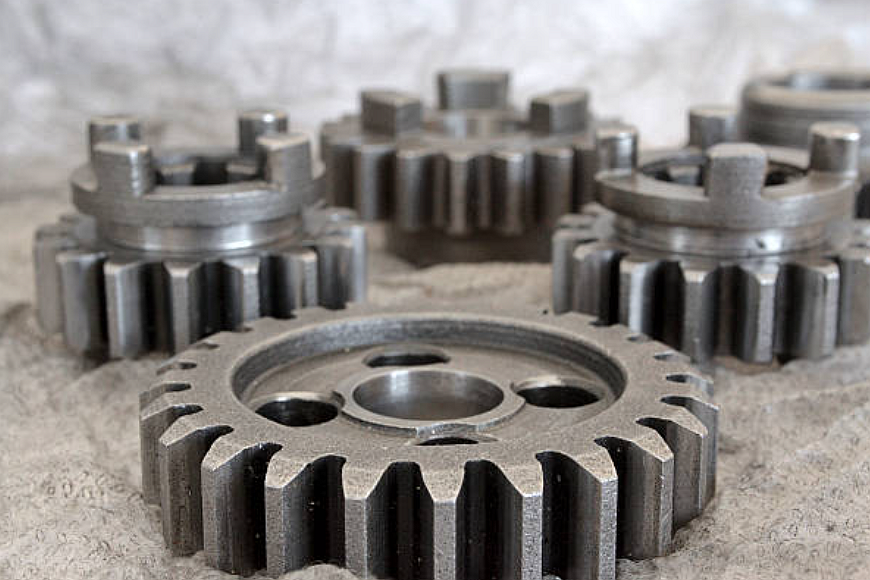
Aerospace Industry
In the aerospace industry, metal injection molded parts are used in critical components such as turbine blades, fuel nozzles, and structural elements. The lightweight and high-performance characteristics of powder metallurgical materials, combined with the intricate geometries achievable through metal injection molding, contribute to the efficiency and reliability of aerospace systems.
Turbine blades and vanes: MIM enables the production of complex, lightweight turbine blades and vanes with superior performance and durability.
Structural components: MIM manufactures structural parts like brackets, hinges, and latches, which must withstand high stress and have intricate designs.
Fuel nozzles: MIM produces fuel nozzles with intricate cooling channels and precise fuel atomization capabilities.
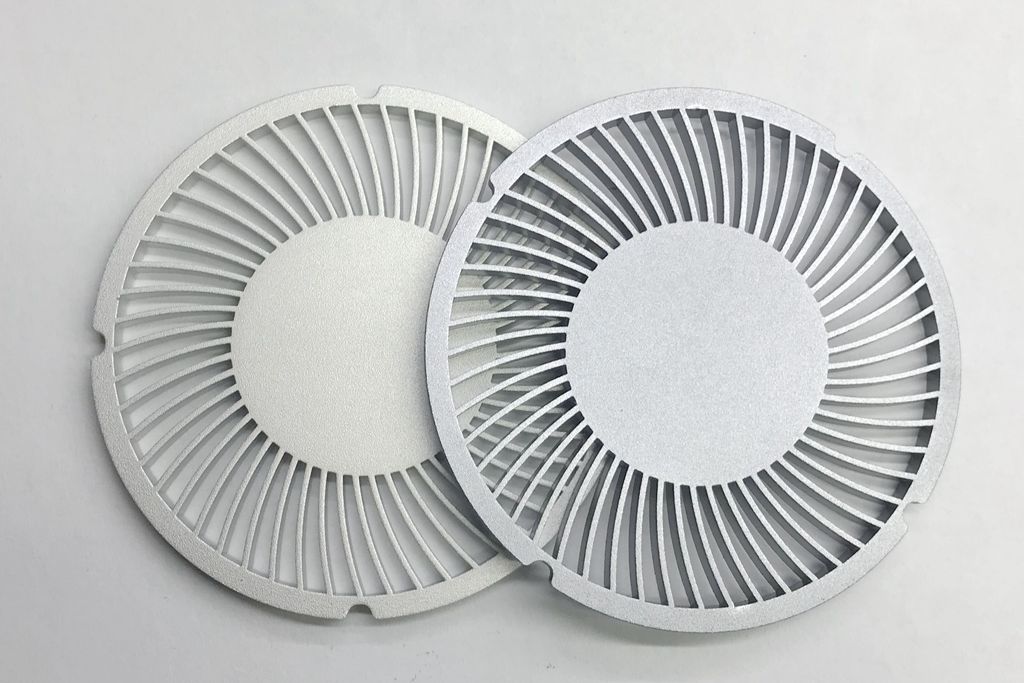
Electronics Industry
The electronics industry benefits from metal injection molding by producing connectors, sensors, and electrical contacts. MIM's design flexibility and cost-effectiveness allow for integrating multiple functions into a single component, reducing assembly complexity and enhancing overall product performance.
Electrical contacts: MIM is employed to manufacture electrical contacts with high conductivity, tight tolerances, and complex shapes, commonly used in connectors and switches.
Sensor components: MIM allows for producing sensor housings, frames, and other components with precise geometries and excellent material properties.
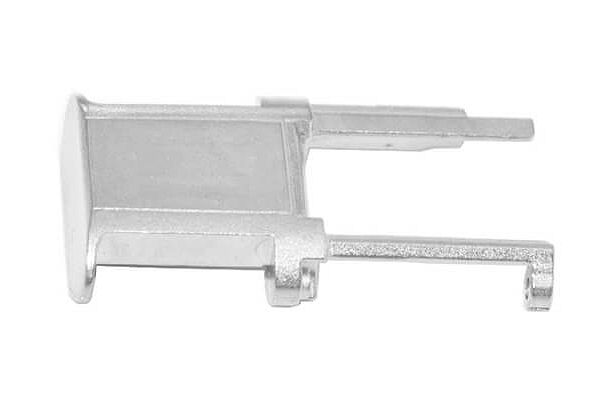
Healthcare Industry
The healthcare industry relies on metal injection molded parts for medical devices and implants. Dental brackets, orthopedic implants, and surgical instruments are some components produced through metal injection molding. The biocompatibility and corrosion resistance of powder metallurgical materials such as powder steel and titanium ensure safe and reliable medical applications.
Orthopedic implants: MIM produces hip stems, bone plates, and spinal cages, offering high strength, biocompatibility, and intricate geometries.
Dental components: MIM enables the production of dental brackets, implant abutments, and orthodontic appliances with complex shapes and biocompatible materials.
Surgical instruments: MIM manufactures surgical tools such as forceps, graspers, and scissors with intricate designs, high strength, and corrosion resistance.
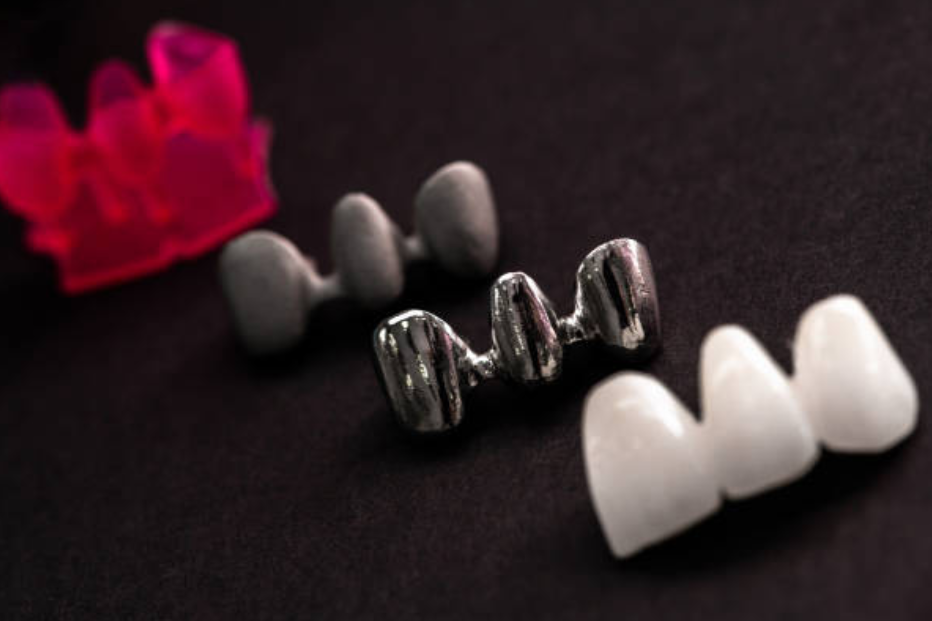
Consumer Goods and Electronics
Watch components: MIM produces intricate watch parts like bezels, crowns, and clasps with high precision and excellent surface finish.
Smartphone and tablet components: MIM allows for producing small, complex components like hinges, buttons, and brackets used in electronic devices.
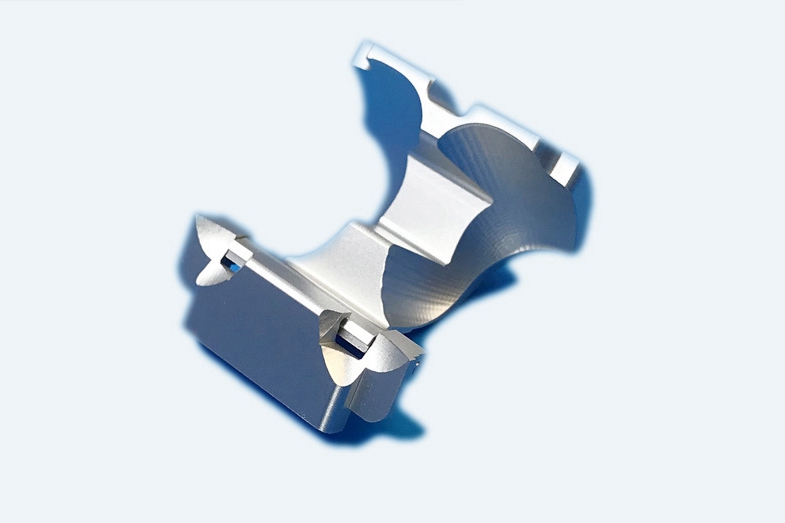
MIM Today: Benefits and Applications
Metal injection molding offers several advantages that make it an attractive manufacturing method for complex parts:
Design flexibility: MIM enables the production of intricate and highly complex part geometries that would be difficult or impossible to achieve using traditional manufacturing methods. The freedom to create complex shapes allows for functional integration, reduced assembly requirements, and improved overall product performance.
Cost-effectiveness: MIM can be a cost-effective solution, especially for high-volume production. The ability to manufacture near-net-shape parts reduces the need for extensive machining and secondary operations, resulting in reduced material waste and lower production costs.
Material properties: Powder metallurgical materials used in metal injection molding offer a wide range of desirable properties. These materials can be tailored to meet specific application requirements, from high strength and hardness to excellent corrosion and wear resistance.
Conclusion
In conclusion, metal injection molding, born from the powder metallurgical industry, has evolved into a highly sophisticated manufacturing process for producing intricate metal parts. With advancements in materials, equipment, and process control, MIM has gained popularity across industries for its design flexibility, cost-effectiveness, and exceptional properties of the resulting parts. Understanding the process of powder metallurgy and metal injection molding is essential for engineers and professionals involved in part design and purchasing decisions, as it enables them to leverage MIM's benefits effectively.
By staying informed about the latest advancements and applications in metal injection molding, purchasing, and parts design, engineers can make informed choices that optimize their manufacturing processes and deliver high-quality metal parts. If you are seeking a reliable metal injection molding manufacturer, upload your designs and get a quote.
